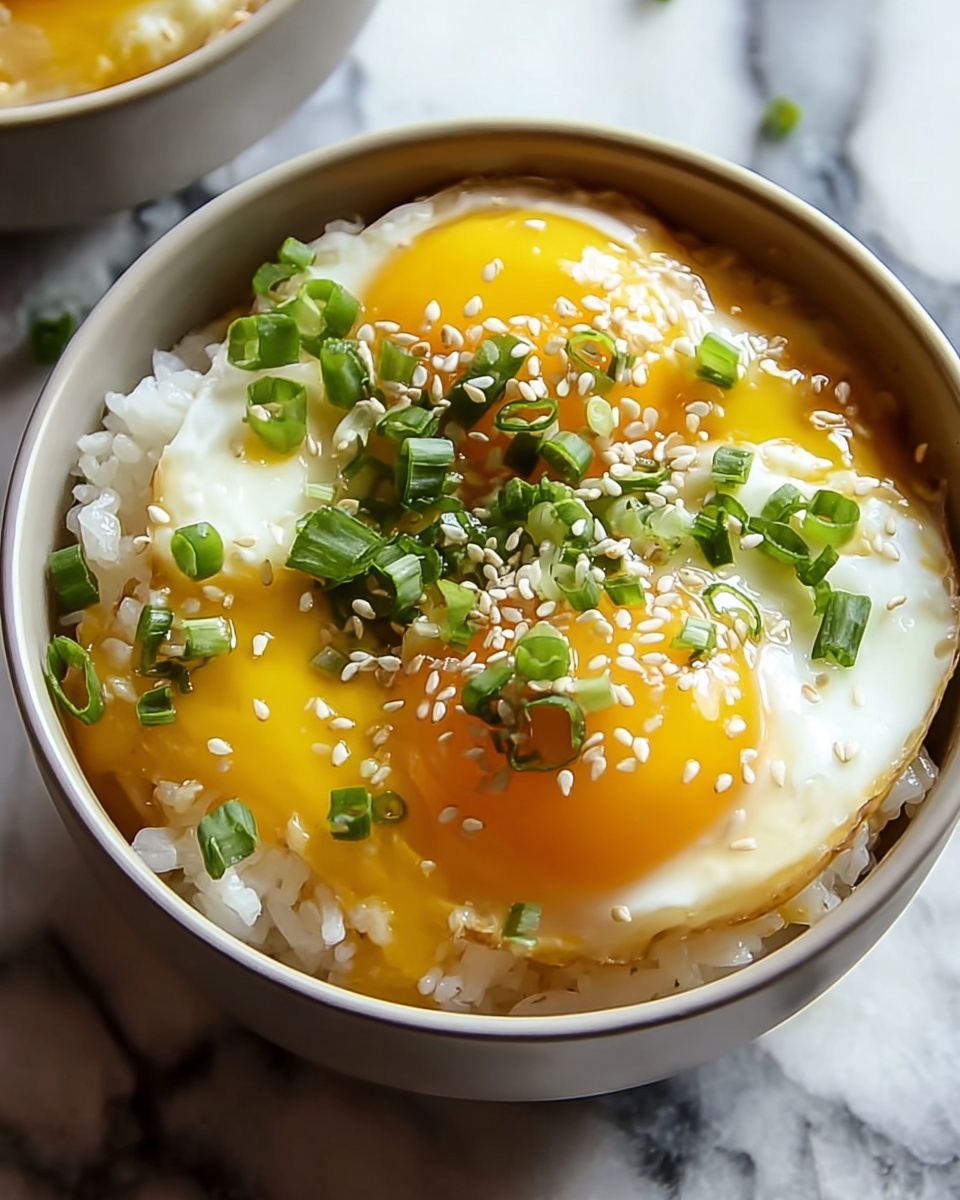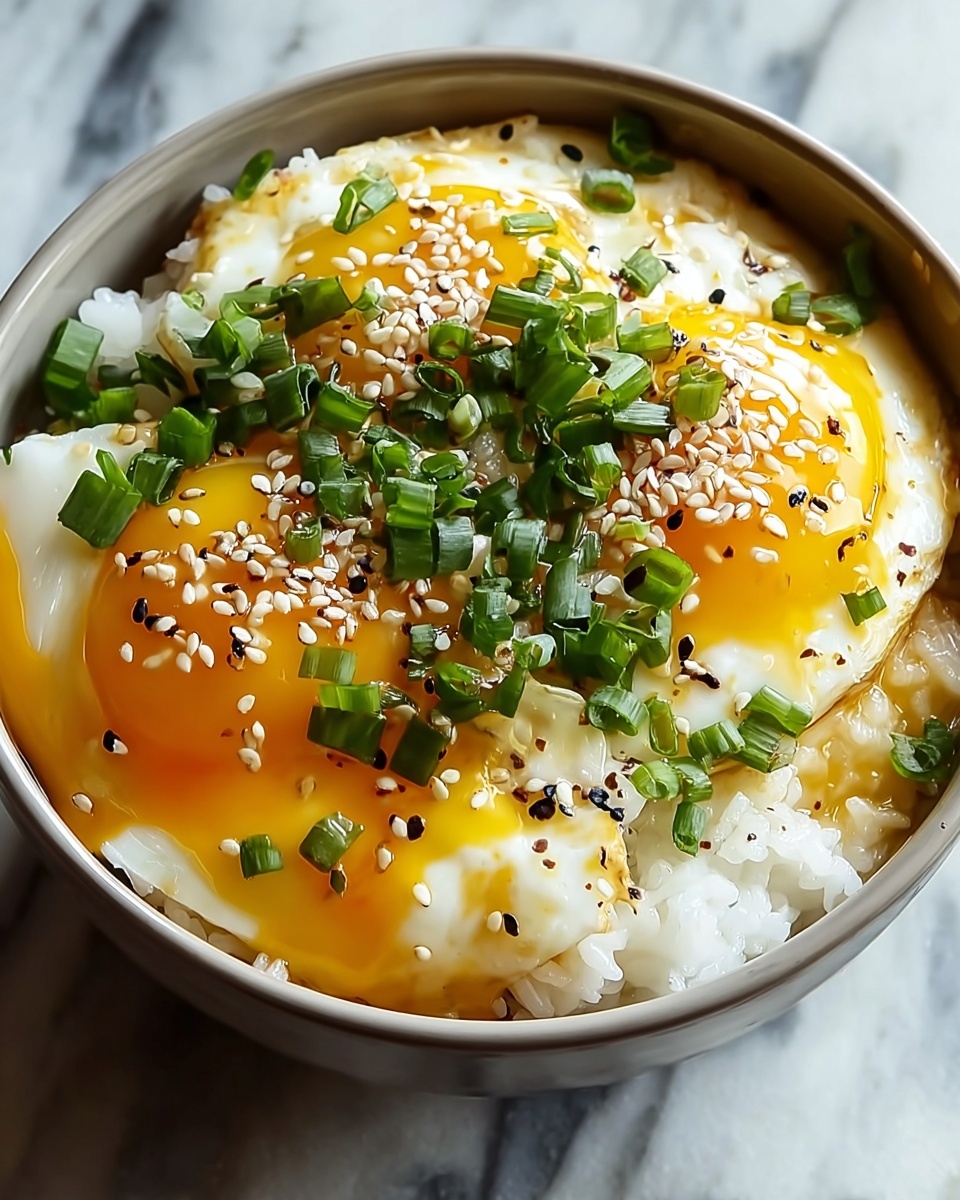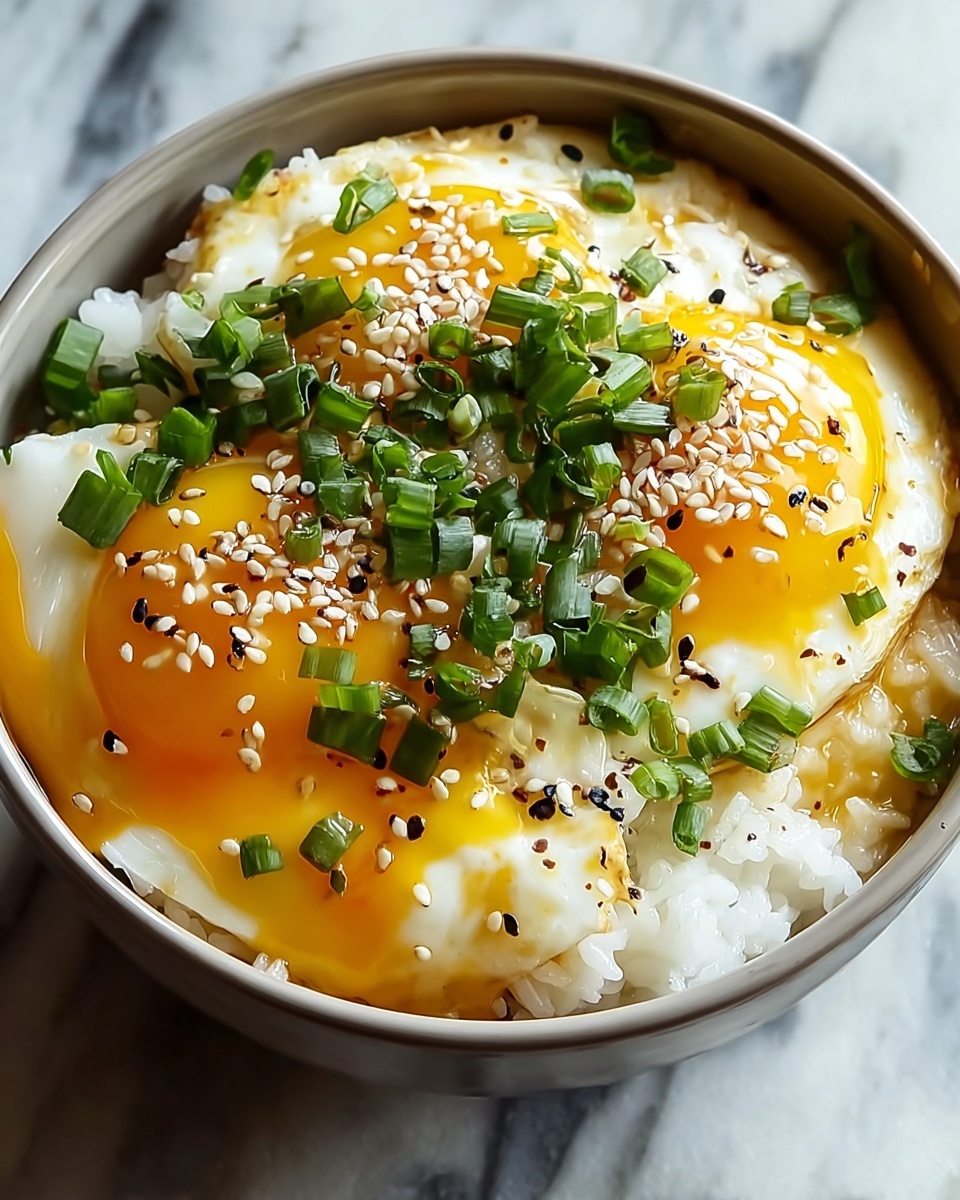If you are craving something silky, savory, and comfortingly light, this Korean Steamed Eggs Recipe is an absolute gem to have in your cooking repertoire. It is an incredibly smooth and fluffy egg dish that feels like a warm hug on a plate. Simple ingredients come together to create a delicate custard that’s packed with umami and a subtle sesame aroma, plus it’s quick to make, perfect for busy days or when you want something soothing without much fuss.

Ingredients You’ll Need
The beauty of this recipe lies in its simplicity, with just a handful of ingredients that work harmoniously to give you that velvety texture and authentic Korean flavor. Each component, from the eggs to the soy sauce, plays a crucial role in building the dish’s distinctive taste.
- 4 large eggs: The foundation of the dish, providing a rich, creamy texture when steamed gently.
- 1 cup water or broth (chicken or vegetable): Adds moisture and enhances flavor; broth will deepen umami notes.
- 1 teaspoon soy sauce: Offers that savory depth and slight saltiness essential for authentic taste.
- 1 teaspoon sesame oil: Brings a nutty aroma that lifts the dish and adds subtle richness.
- 1 green onion, finely chopped: A fresh, mild sharpness sprinkled on top for contrast and garnish.
- Salt to taste: Balances all flavors perfectly.
- Optional add-ins (diced vegetables like carrots or zucchini, seafood like shrimp or crab, kimchi): These inject texture, color, and extra layers of flavor, making the dish your own.
How to Make Korean Steamed Eggs Recipe
Step 1: Beat the Eggs Smoothly
Start by cracking the eggs into a mixing bowl and whisking them until they are smooth and fully blended. This ensures the custard will have a completely even texture without any streaks or clumps.
Step 2: Incorporate Water or Broth Gradually
Slowly whisk in your choice of water or broth—broth is preferable for richer taste. This extra liquid is key for the eggs to steam up into a soft, jiggly texture rather than a dense scramble.
Step 3: Season the Egg Mixture
Add soy sauce, sesame oil, and salt according to your preference. These ingredients infuse the eggs with a lovely, well-rounded savory flavor that Korean Steamed Eggs Recipe is celebrated for.
Step 4: Strain for Silky Smoothness
For that signature cloud-like smooth custard, pour the mixture through a fine mesh sieve. This step removes any chalaza or bigger egg bits to create a truly velvety finish.
Step 5: Prepare to Steam
Bring a pot of water to a gentle simmer and place a steamer rack or a heatproof bowl inside. This moist heat is what gently cooks the eggs without drying them out.
Step 6: Steam the Eggs
Pour your egg mixture into a heatproof bowl placed in the steamer. Cover the bowl to trap steam and cook for 15 to 20 minutes until the eggs are set but still slightly wobbly in the center, perfectly tender.
Step 7: Garnish and Serve
Sprinkle generously with chopped green onions, and if you like, add an extra drizzle of sesame oil or a pinch of toasted sesame seeds before serving to enhance both flavor and presentation.
Step 8: Enjoy with Accompaniments
Serve warm alongside steamed rice and your favorite Korean side dishes to create a delicious, comforting meal that’s effortlessly satisfying.
How to Serve Korean Steamed Eggs Recipe

Garnishes
Fresh green onions bring a lovely pop of color and mild pungency, balancing the creamy eggs beautifully. A drizzle of oyster sauce or toasted sesame seeds can take the dish to the next level with added aroma and texture.
Side Dishes
This dish pairs wonderfully with classic Korean sides like kimchi, spicy pickled radishes, or stir-fried vegetables. The gentle flavors of the egg custard complement spicy and fermented elements perfectly, making every bite exciting and balanced.
Creative Ways to Present
Try serving the steamed eggs in individual ramekins for a restaurant-like feel, or in a Korean earthenware pot (ttukbaegi) to keep it warm longer. You can also add colorful diced veggies or seafood right into the custard for a more festive and hearty presentation.
Make Ahead and Storage
Storing Leftovers
Keep any leftover Korean Steamed Eggs Recipe in an airtight container in the refrigerator for up to two days. It’s best eaten fresh, but chilling it doesn’t ruin its silky texture.
Freezing
Freezing steamed eggs isn’t recommended since the texture can become watery upon thawing. This dish shines best when enjoyed soon after cooking to maintain its delicate consistency.
Reheating
To reheat, gently warm the eggs over low heat or use a microwave at half power in short bursts to avoid overcooking. Adding a few drops of water before reheating can help preserve the soft, custardy quality.
FAQs
Can I use milk instead of water or broth?
Milk isn’t traditional in Korean Steamed Eggs Recipe and can alter the texture and flavor. Broth or water keeps it light and clean-tasting, which is what makes this dish so refreshing.
What if I don’t have a steamer?
You can improvise by placing a heatproof bowl on a trivet or an upside-down plate inside a pot with some simmering water. Cover tightly to trap steam and proceed as usual.
Is there a vegan version of Korean Steamed Eggs Recipe?
Since eggs are essential here, a direct vegan substitute is tough. However, silky tofu steamed with vegetable broth and Korean seasonings can be a creative, plant-based alternative.
How do I get the texture so smooth and jiggly?
The key is gentle steaming and straining the egg mixture before cooking. Using broth instead of water adds flavor without compromising the tender texture.
Can I add protein like shrimp or crab?
Absolutely! Finely chopped seafood is a fantastic addition that makes the dish heartier. Just fold it in before steaming and enjoy the extra bursts of flavor.
Final Thoughts
If comfort food had a gentle, elegant cousin, it would be this Korean Steamed Eggs Recipe. It’s easy to make, endlessly customizable, and delivers that perfect balance of creamy texture and savory flavor. Don’t hesitate to give it a try—you might just discover your new favorite quick meal that feels like home in every bite.
Print
Korean Steamed Eggs Recipe
- Prep Time: 5 minutes
- Cook Time: 15-20 minutes
- Total Time: 20-25 minutes
- Yield: 2 servings
- Category: Side Dish
- Method: Steaming
- Cuisine: Korean
- Diet: Halal
Description
Korean Steamed Eggs, known as Gyeranjjim, is a silky, smooth, and savory egg custard steamed to perfection. This traditional Korean side dish is light, comforting, and quick to prepare, featuring eggs combined with broth and seasoned with soy sauce and sesame oil for a delicate umami flavor. It’s perfect as a warm accompaniment to rice and other Korean dishes.
Ingredients
Main Ingredients
- 4 large eggs
- 1 cup water or broth (chicken or vegetable)
- 1 teaspoon soy sauce
- 1 teaspoon sesame oil
- 1 green onion, finely chopped
- Salt to taste
Optional Add-ins
- Diced vegetables (carrots, zucchini)
- Seafood (shrimp, crab)
- Kimchi
Instructions
- Beat the eggs: In a mixing bowl, beat the eggs until smooth and fully combined to ensure a uniform texture.
- Add liquid: Gradually whisk in the water or broth, which creates a tender and silky consistency in the steamed eggs.
- Season the mixture: Stir in soy sauce, sesame oil, and salt according to your taste to flavor the egg custard with authentic Korean umami.
- Strain the mixture: For the smoothest texture, pass the egg mixture through a fine mesh sieve to remove any lumps or chalaza.
- Prepare the steaming setup: Bring a pot of water to a gentle simmer and place a steamer rack or heatproof bowl inside to hold the egg mixture during steaming.
- Steam the eggs: Pour the strained mixture into the heatproof bowl, cover it, and steam for 15 to 20 minutes until the eggs are set but still slightly jiggly in the center to retain moisture.
- Garnish and serve: Sprinkle the finely chopped green onions on top and optionally drizzle with extra sesame oil or sesame seeds before serving for added aroma and texture.
- Enjoy: Serve warm with rice and other Korean side dishes to complete a comforting meal.
Notes
- For a richer flavor, use chicken broth instead of water.
- Cover the bowl tightly to prevent water from dripping onto the eggs during steaming.
- Adjust salt and soy sauce to taste depending on the saltiness of your broth.
- Optional add-ins like seafood or vegetables can be mixed in before steaming for added texture and taste.
- Do not overcook; the eggs should remain soft and slightly jiggly to maintain their delicate texture.








